Feeling stiff and achy? You're not alone. As we age, many of us struggle with decreased mobility and joint pain. But what if there was a simple, natural way to turn back the clock on your body? Enter Zuzka Light, a movement and mobility specialist, certified holistic health & fitness coach, and author. With over 12 years of experience helping people achieve amazing fitness results, Zuzka reveals a surprising secret to maintaining youthful flexibility and strength – and it's something you've been doing since childhood.
Rediscover Your Natural Resting Position
The deep squat isn't just an exercise – it's a fundamental human position that many of us have forgotten. Zuzka explains in her post, "Deep squat is a normal human resting position, and this is something that people in India, Asia and people in the less industrialized parts of the world understand very well." Unfortunately, in more developed countries, adults often struggle with this basic movement.
The Science Behind Squats
A study from BMC Sports Science, Medicine and Rehabilitation highlights the importance of squatting in our daily lives. "The squat strengthens the muscles in the lower limb and improves the ability to counteract a medial or lateral displacement of the knee," the study notes. This functional movement is crucial for everyday activities like walking, climbing stairs, and even sitting down.
RELATED: 9 Surprising Things That Happen When You Quit Processed Foods
Why You're Losing Your Squat (And Why It Matters)
Contrary to popular belief, losing the ability to deep squat isn't an inevitable part of aging. As Zuzka points out, "You simply don't lose your ability to do a deep squat because you're too old. You're too old because you stop getting in and out of this position." Modern conveniences like chairs and couches have reduced our need to squat, leading to a loss of flexibility and joint health.
Protect Your Joints and Prevent Pain
Deep squatting isn't just about flexibility – it's crucial for joint health. Zuzka notes, "When I get in and out of this deep squat, I put my joints through the full range of motion, which means that I get an even distribution of pressure on my joints." This full range of motion helps prevent chronic pain and degenerative joint diseases. In fact, countries where deep squatting is common have lower rates of osteoarthritis.
Strengthen Your Knees (Yes, Really!)
Contrary to the myth that squatting is bad for your knees, Zuzka argues that it can actually alleviate knee pain. She states, "Doing a lot of strength training for your legs and doing a lot of deep squatting will eliminate most causes of knee pain because most knee pain results from the lack of strength in the muscles that support and surround the knee."
RELATED: 15 Foods Experts Say You Should Stop Eating Today
The Power of Proper Technique
While squats offer significant health benefits, proper technique is crucial. The BMC study emphasizes that different squat techniques can lead to varying loading conditions and movements. To minimize injury risk and maximize benefits, it's essential to focus on correct form and gradually increase difficulty.
A Full-Body Workout in One Move
According to Dr. Tyler Wheeler from WebMD, squats are incredibly effective for strengthening your lower body. "Squats help shape up your legs and butt since it targets the glute and inner thigh muscles," he explains. But the benefits don't stop there – squats also engage your core, burn calories, and can aid in weight loss.
Boosting Flexibility and Bone Health
Dr. Wheeler notes, "As you become older, your tendons, muscles, and ligaments become less elastic. Regularly doing squats can help slow down this process and limber you up." Moreover, squats can increase bone mineral density, particularly in the spine and lower body, contributing to a stronger skeleton.
RELATED: I Lost 6 Pounds in 6 Weeks and Shaved Inches Off My Waist by Adding 600 Calories Daily
Improving Posture and Balance
By strengthening your core and lower body muscles, squats can significantly enhance your posture and balance. "As your buttocks become firm, your posture and balance might improve," adds Dr. Wheeler. This improvement in posture and balance can have far-reaching effects on your overall quality of life.
How to Improve Your Deep Squat
If you're struggling to get into a deep squat, don't worry. Zuzka offers practical tips to improve:
- Use a wall for support
- Practice holding onto a doorway
- Gradually work on ankle mobility
- Perform daily bodyweight squats
Zuzka emphasizes consistency: "If you do this every single day, then within two to three weeks, you might be able to get in and out of that deep squat all by yourself without lifting the heels off of the ground."
RELATED: 7 Things You Should Do to Boost Fat Burning
Incorporate Deep Squats Into Your Daily Life
Zuzka recommends practicing deep squats every day to reap the anti-aging benefits. She suggests, "Use this position for things that you might be doing otherwise in a chair. So maybe you can work on your computer like this. You can watch TV like this, you name it."
By incorporating this simple yet powerful movement into your daily routine, you can maintain mobility, prevent joint pain, and keep your body feeling youthful for years to come. As Zuzka reminds us, "Motion is lotion and a joint cannot remain healthy unless it moves through its full available range of motion on a regular basis." And if you enjoyed this article, take advantage of these 31 Fitness Tips Every Beginner Needs to Look Sexy, According to Coaches.















 chrisfreytag/Instagram
chrisfreytag/Instagram chrisfreytag/Instagram
chrisfreytag/Instagram Shutterstock
Shutterstock
 Nikolai Puchlov
Nikolai Puchlov Nikolai Puchlov
Nikolai Puchlov Nikolai Puchlov
Nikolai Puchlov Nikolai Puchlov
Nikolai Puchlov Nikolai Puchlov
Nikolai Puchlov Nikolai Puchlov
Nikolai Puchlov Shutterstock
Shutterstock Nikolai Puchlov
Nikolai Puchlov
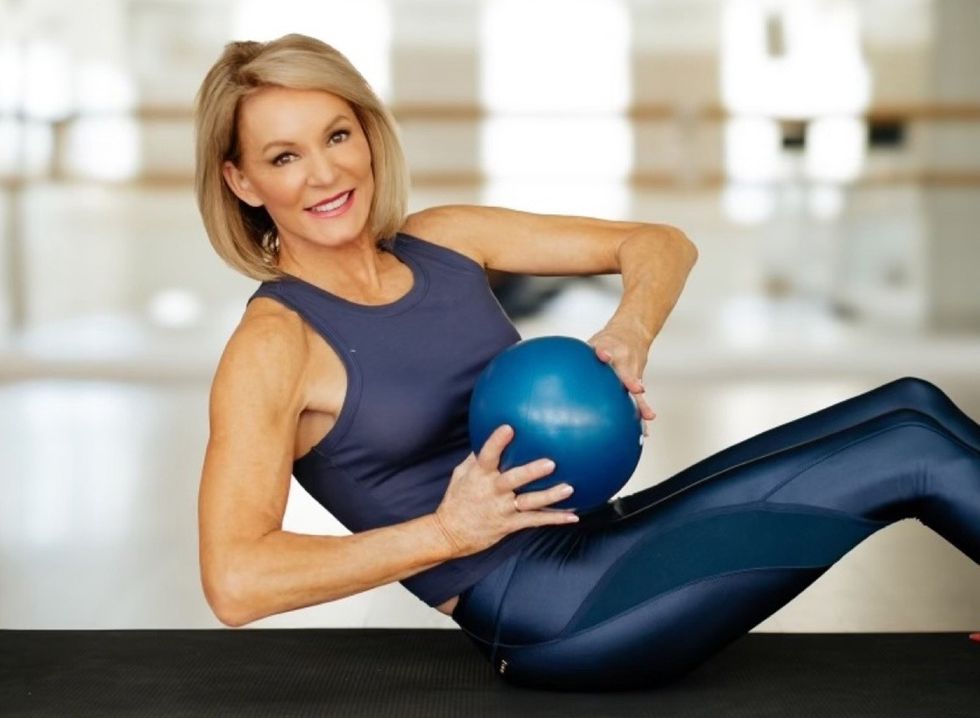 Liz Hilliard
Liz Hilliard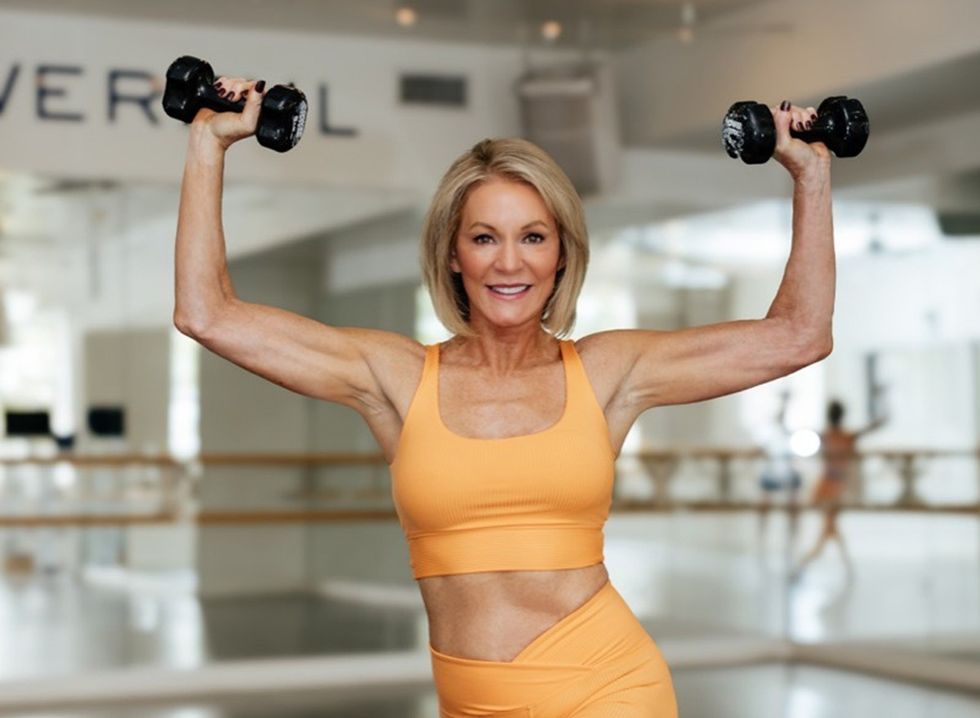 Liz Hilliard
Liz Hilliard Liz Hilliard
Liz Hilliard Shutterstock
Shutterstock Liz Hilliard
Liz Hilliard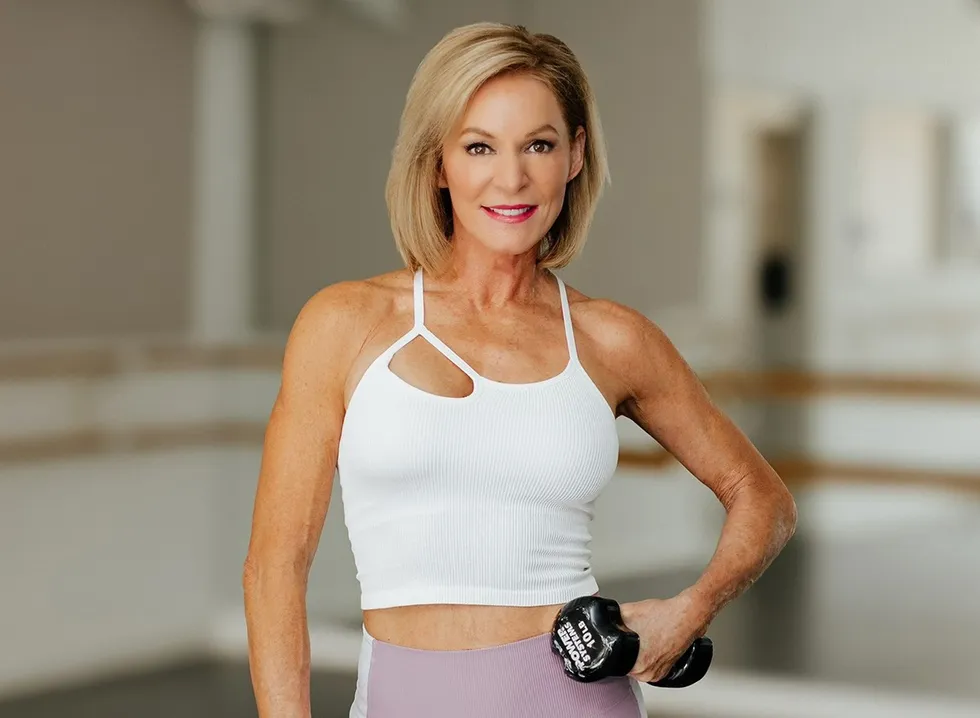 Liz Hilliard
Liz Hilliard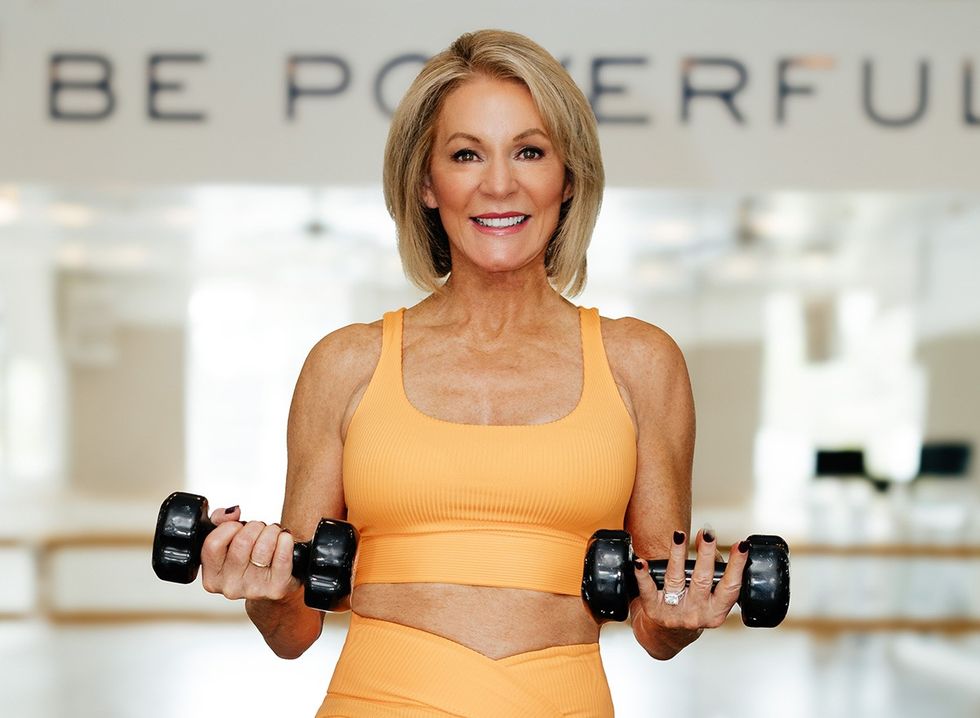 Liz Hilliard
Liz Hilliard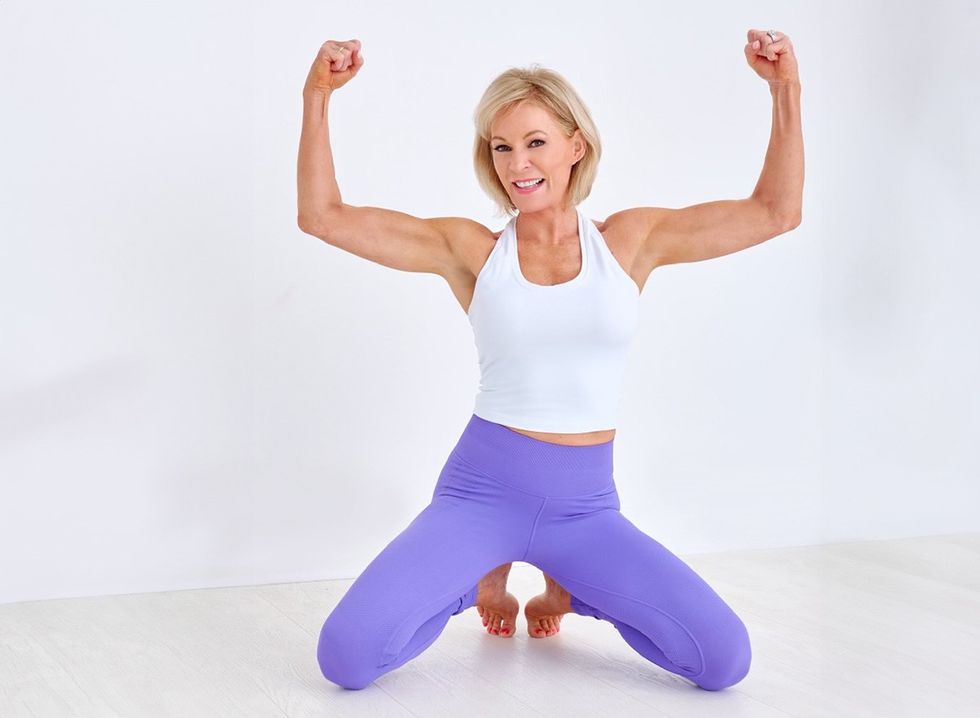 Liz Hilliard
Liz Hilliard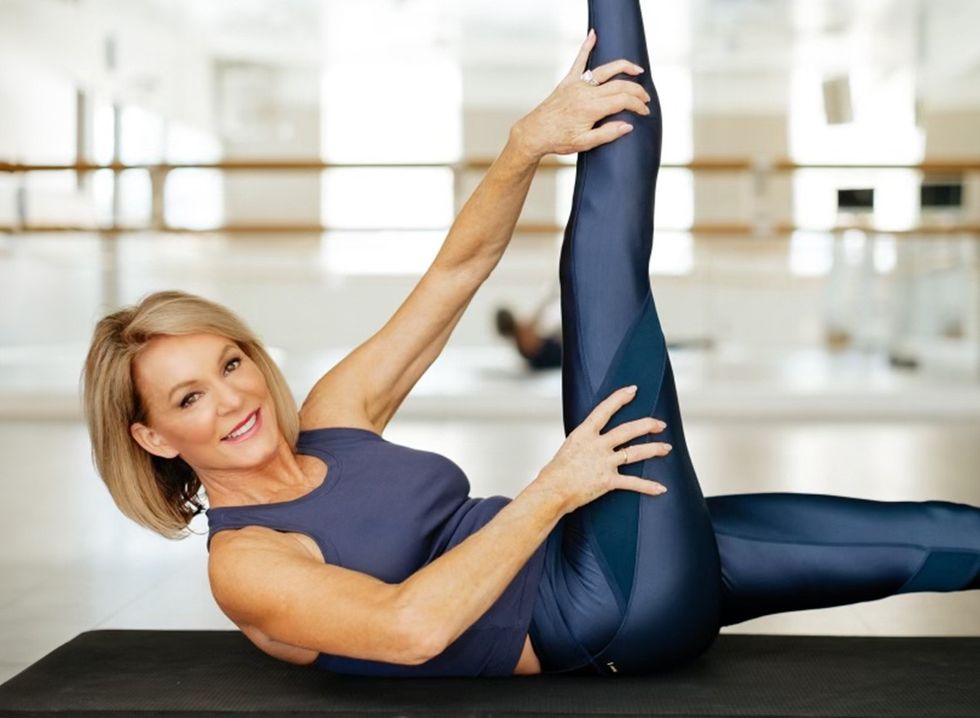 Liz Hilliard
Liz Hilliard Shutterstock
Shutterstock

 Shutterstock
Shutterstock Shutterstock
Shutterstock Shutterstock
Shutterstock Shutterstock/Maridav
Shutterstock/Maridav Shutterstock
Shutterstock Shutterstock
Shutterstock dillanfoss/Instagram
dillanfoss/Instagram Dillan Foss, ATC
Dillan Foss, ATC

 I'm a Nutritionist and These 9 High-Protein Snacks Keep My Clients Full While Losing 50 Pounds
I'm a Nutritionist and These 9 High-Protein Snacks Keep My Clients Full While Losing 50 Pounds
 Shutterstock
Shutterstock 2. Processed FoodsShutterstock
2. Processed FoodsShutterstock Shutterstock
Shutterstock Shutterstock/Prostock-studio
Shutterstock/Prostock-studio Shutterstock
Shutterstock Pro TipsShutterstock
Pro TipsShutterstock Shutterstock
Shutterstock Shutterstock
Shutterstock Shutterstock
Shutterstock Shutterstock
Shutterstock Don’t Drink as Much AlcoholShutterstock
Don’t Drink as Much AlcoholShutterstock Most Women on GLP-1s Are Making a Few Common MistakesShutterstock
Most Women on GLP-1s Are Making a Few Common MistakesShutterstock Soda and Sugary DrinksShutterstock
Soda and Sugary DrinksShutterstock Shutterstock
Shutterstock Eat BreakfastShutterstock
Eat BreakfastShutterstock And Improve Insulin SensitivityShutterstock
And Improve Insulin SensitivityShutterstock Belly Flab Strip Tip: Sugar and Fat Calories Leave Its Mark on Your BodyShutterstock
Belly Flab Strip Tip: Sugar and Fat Calories Leave Its Mark on Your BodyShutterstock Shutterstock
Shutterstock The Drugs Mimic the GLP-1 Hormone Naturally Produced by the BodyShutterstock
The Drugs Mimic the GLP-1 Hormone Naturally Produced by the BodyShutterstock 3. Deep-Fried ItemsShutterstock
3. Deep-Fried ItemsShutterstock